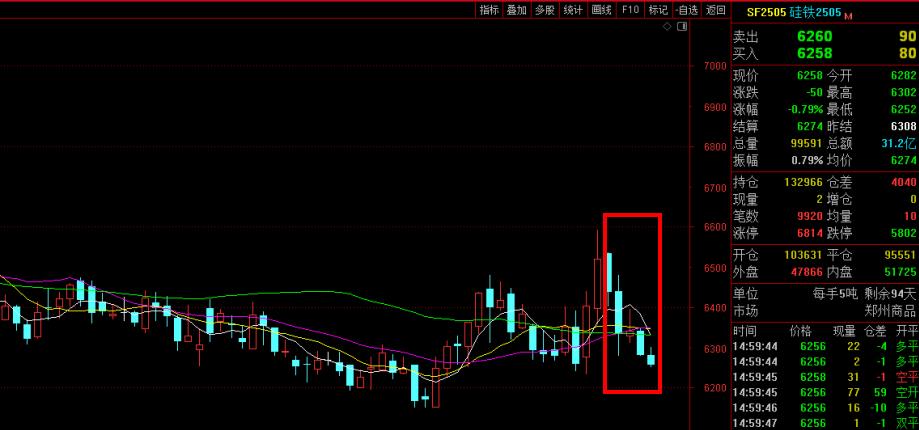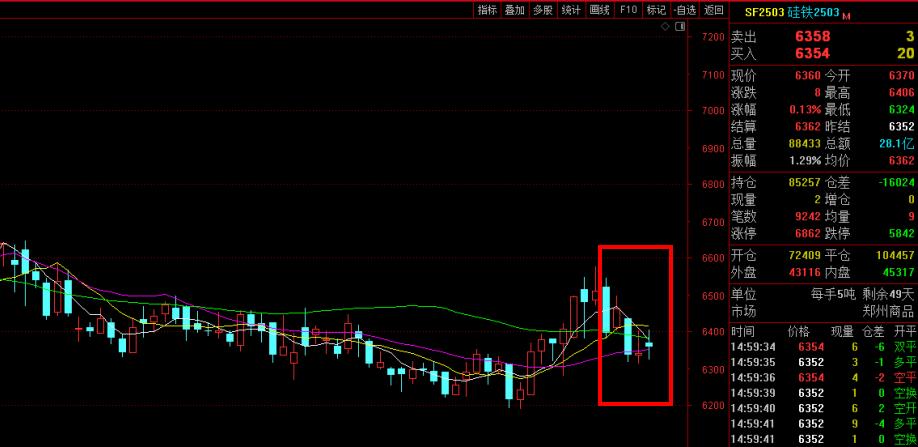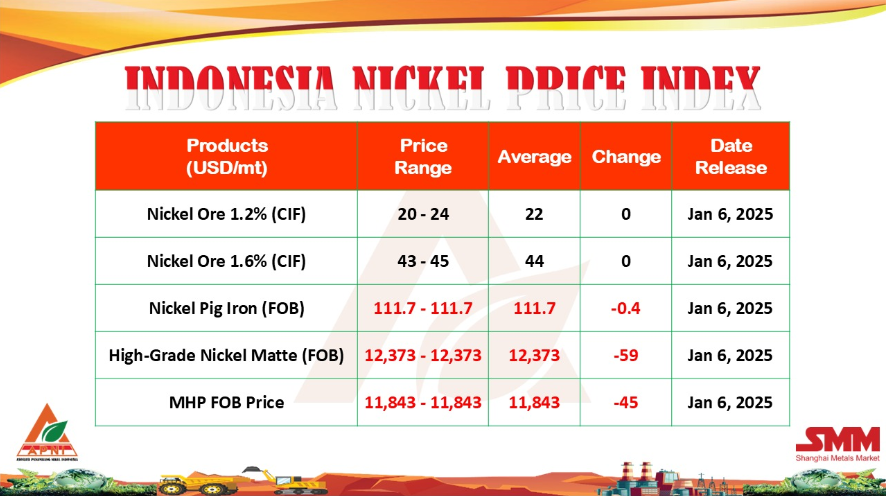[Ferro-Alloys.com]Tasmania's major industrial companies could be back at full capacity within weeks after heavy rainfall lifted hydro-electric dam levels from record lows.
The state has faced an unprecedented energy crisis as extremely dry conditions resulted in dams, which feed hydro generators, falling to record lows.
It was compounded when the undersea Basslink cable failed, leaving the state unable to import electricity until at least June.
Three industrial customers of the state-owned generator, Hydro Tasmania, agreed to reduce usage during the crisis.
Tasmania's big five companies, Bell Bay Aluminium, Nyrstar zinc works, Norske Skog paper mill, Temco manganese alloy plant and the Savage River mine use 60 per cent of Tasmania's electricity.
The biggest user, Bell Bay Aluminium, agreed to shed 10 per cent of its load until July, and estimated it would lose $20 million from scaling back production.
Hydro's Tasmania's chief executive, Steve Davy, told 936 ABC Hobart they were in discussions with the companies to get back to full capacity.
"Over the last week we have been talking to the large customers that have reduced their demand about the timing of coming back to normal operations and I would hope that we would see those customers come back to normal operations over coming weeks," he said.
But Wayne Bould from the Tasmanian Minerals and Energy Council said it could take up to a month for the major industrials to ramp up to full production.
He said the companies would need to go back to customers they had turned down.
"[They need to] renegotiate supply off-take with them such as they can dispose of the product they make when they're back to full production," he said.
Full cost of crisis not known until year's end
Mr Davy said the total cost of the state's power crisis was yet to be accounted for.
Significant rainfall in recent weeks has allowed Hydro Tasmania to switch off costly diesel generators and the gas-fired Tamar Valley Power Station.
Mr Davy said the full cost the power generator's bottom line would be revealed at the end of the year.
"We've stated that we've spent around about $50 million installing and leasing the diesel units and then about $8 million operating those diesel units," he said.
"It would be good if that's all we spent in operating the diesel units and that we don't need to operate them again if we get sufficient rain and we don't need to put them on again and that's looking likely at the moment."
Article from Internet for Reference
Copyright © 2013 Ferro-Alloys.Com. All Rights Reserved. Without permission, any unit and individual shall not copy or reprint!
- [Editor:Sophie]



 Save
Save Print
Print Daily News
Daily News Research
Research Magazine
Magazine Company Database
Company Database Customized Database
Customized Database Conferences
Conferences Advertisement
Advertisement Trade
Trade














 Online inquiry
Online inquiry Contact
Contact

Tell Us What You Think